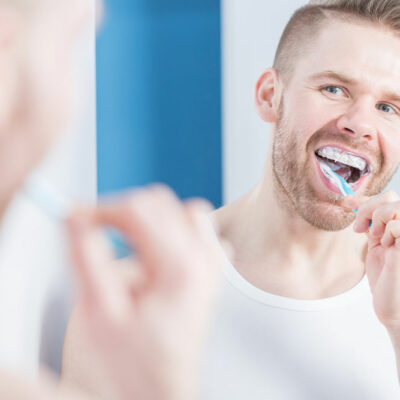
3 mistakes to avoid during a doctor consultation
Visits to the doctor can be quick and straightforward or, sometimes, uncomfortable, especially if one is worried about a health issue. Also, while some may not mind waiting at the clinic or the unmistakable scent of citrus and disinfectants, others may feel impatient and then rush through the consultation once they finally see the doctor. This and a few other mistakes can keep them from getting the most out of the consultation. 1. Being unprepared It may seem unnecessary, but being prepared for a visit to the doctor can help one get the most out of their consultation. The preparation involves listing down all the symptoms one has experienced recently so that one can check the list during the consultation. One must also make a list of questions they need to ask their doctor about a diagnosis, treatment plan, clinic policies, or other concerns. Being prepared is also a good way to soothe the nerves before and during the consultation. 2. Not sharing complete information Doctors typically ask patients about their medical history as well as their family’s health history during a consultation, especially while trying to diagnose a health issue. Many health conditions are genetic in nature, meaning that if a parent has the condition, then there is a high chance that their children can develop it.
Read More 

